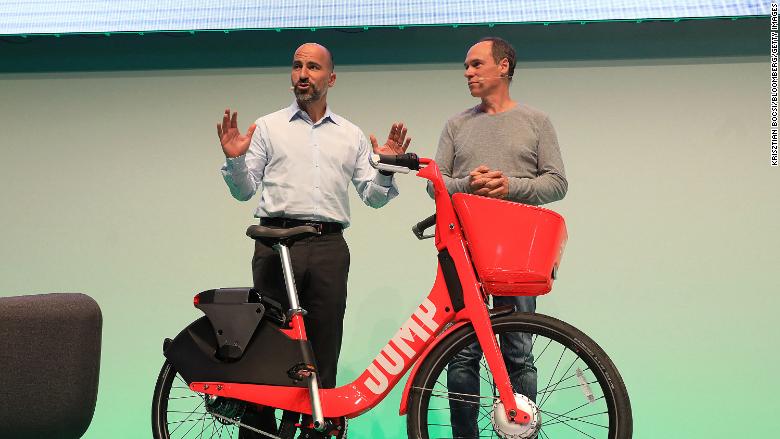 |
| Photo by Gail Delaughter, Houston Public Media |
Houston, Texas is the fourth-largest city in the United States. At the end of last month, it became the largest without a bike-share network.
To put that into perspective, New Rochelle, New York—a city a few miles from my apartment—has a bike share network. And for every resident in “The Queen City of the Sound,” approximately 30 live in “Bayou City.”
Houston BCycle launched in 2012 and, like most other bike-share programs, became popular. Some say that it became a victim of its success. BCycle board member James Llamas told Houston Public Media that as BCycle tried to grow from a mainly recreational service to one that could serve as an alternative and equitable mode of transportation, its business model—which relied on user and sponsorship revenue—proved unsustainable. The nonprofit network sometimes received support from Harris County Commissioner Rodney Ellis and the city, but it wasn’t steady enough to cover budget shortfalls.
Under a previous group of Metropolitan Transit Authority of Harris County (METRO) board members, there had been a plan to operate a new bike-share program operated by Quebec-based PBSC Urban Solutions. But new leadership recently took Metro’s reins and a spokesperson said the plan is “under review.”
I haven’t been to Houston in a long time. But if it’s anything like the city I remember, it needs a bike share program that is a viable transportation option as much as any city needs it. While, from what I’ve read and heard, the availability and reliability of the city’s bus system has improved greatly—and there are a few light-rail lines (none existed when I was there), it’s still—like most US cities south of the Potomac and west of the Appalachians—very difficult to live and work without a car. For one thing, unlike cities like Boston, Paris and my hometown of New York, it sprawls and annexes far-flung suburbs and rural areas. For another, its planning has prioritized driving: Much of METRO’s jurisdiction includes High Occupancy Vehicle (HOV) lanes. And, as one resident explained, in “H-Town” and its surrounding area, “sidewalks are a luxury.”
If and when Houston gets a new bike-share network, it will be starting from scratch: BCycle’s bikes, docking stations and ancillary equipment —from pickup trucks to soap dispensers—are up for auction. All items are sold “as is” and are, as Scott Erdo, the city’s Asset Disposition Department division manager admits, “in various states of disrepair.” He cautions, “Buyer beware.” Bids on bikes start at $10: only $2.50 more than a one-hour ride on BCycle.
One can only hope that the auction will help to bring a new, and possibly improved, bike share system to a city that really can use it.


















